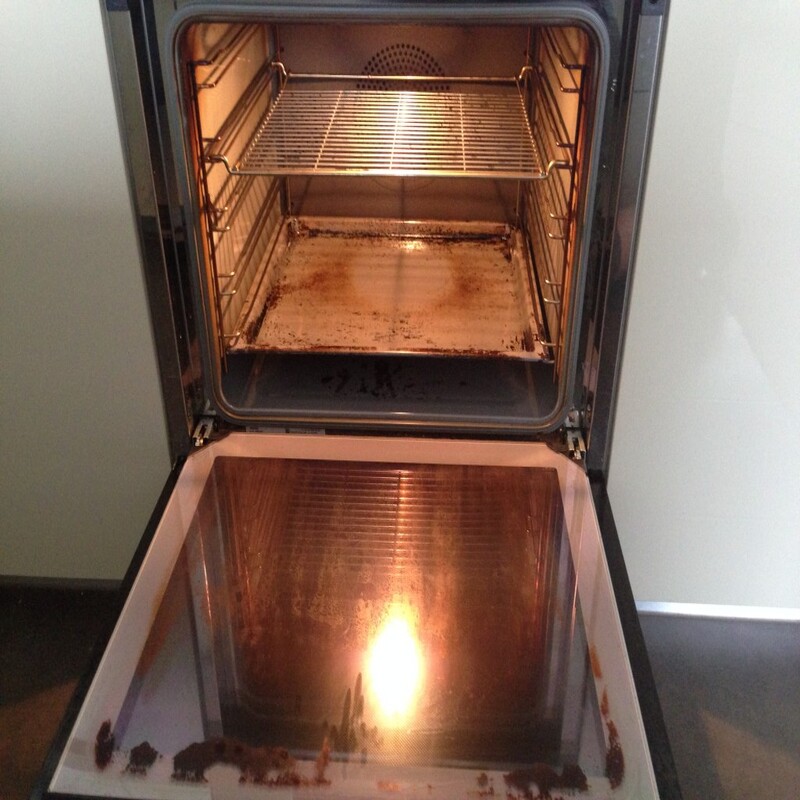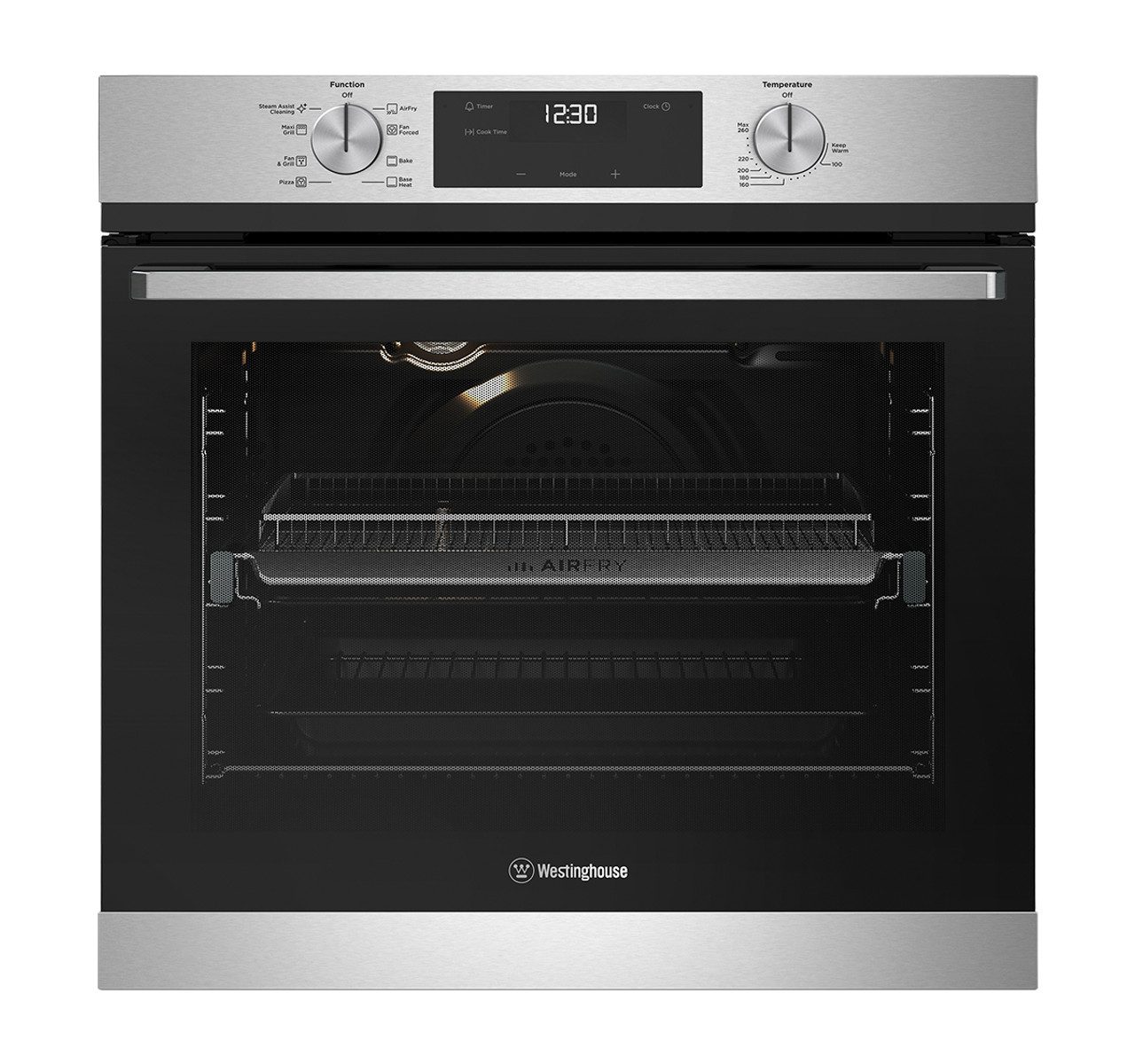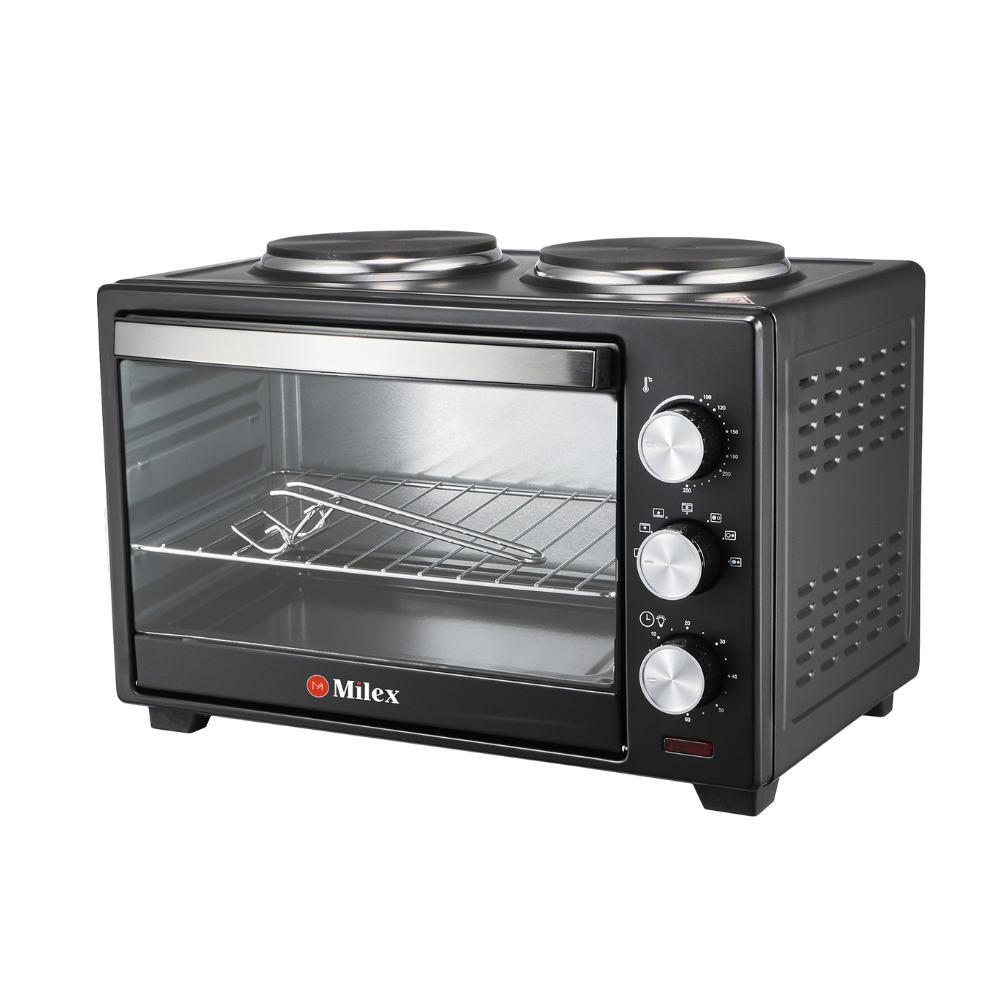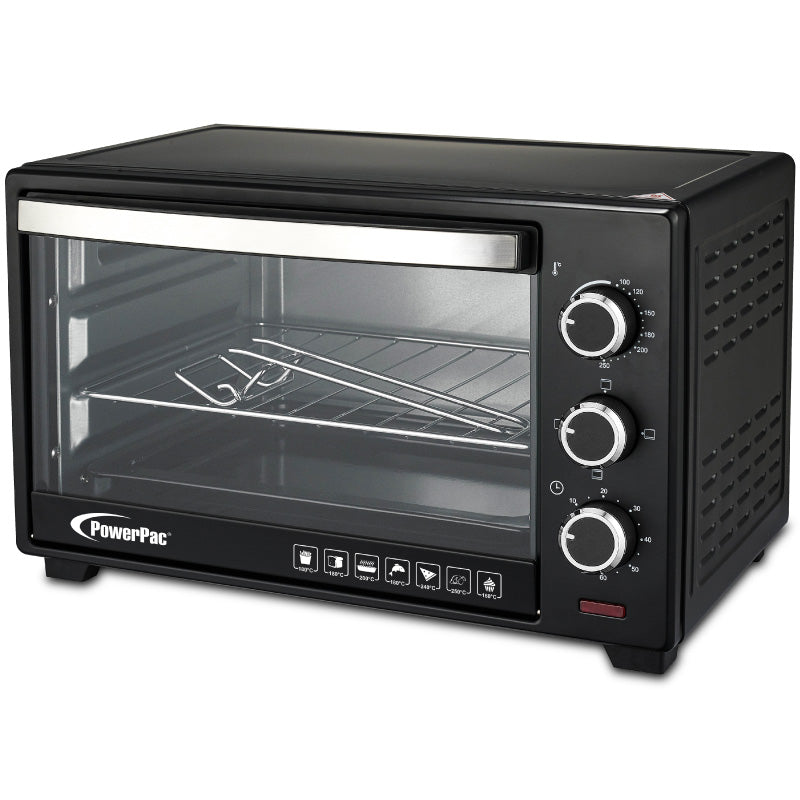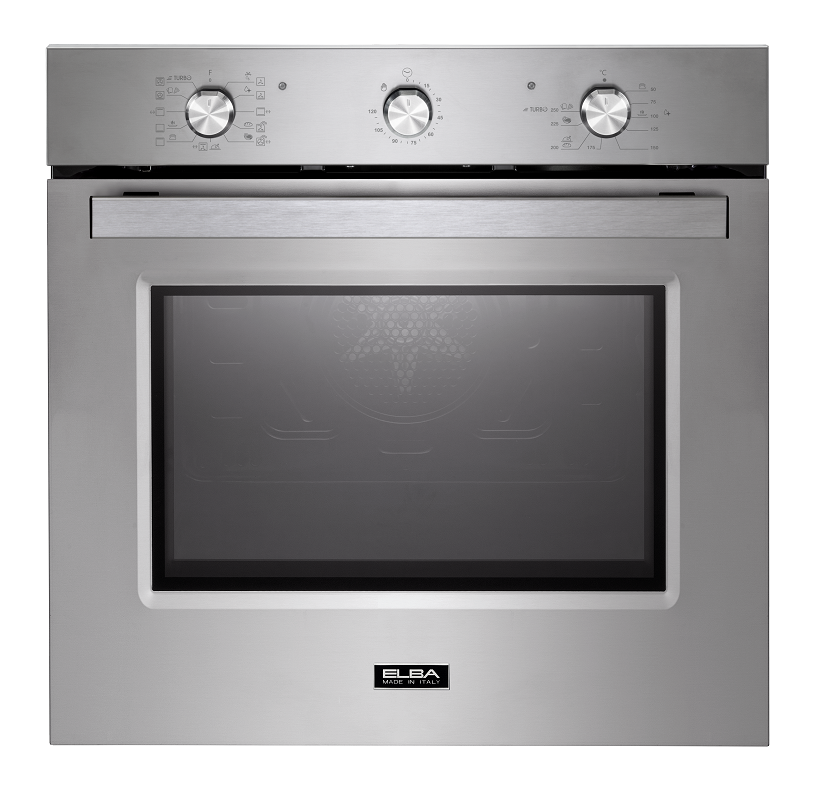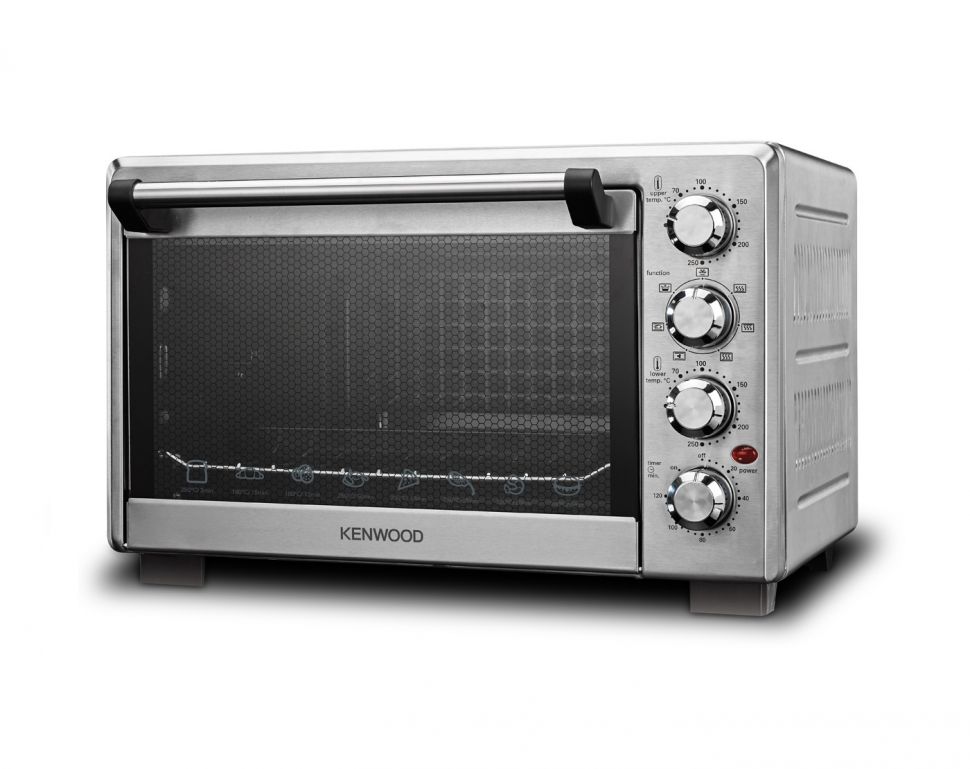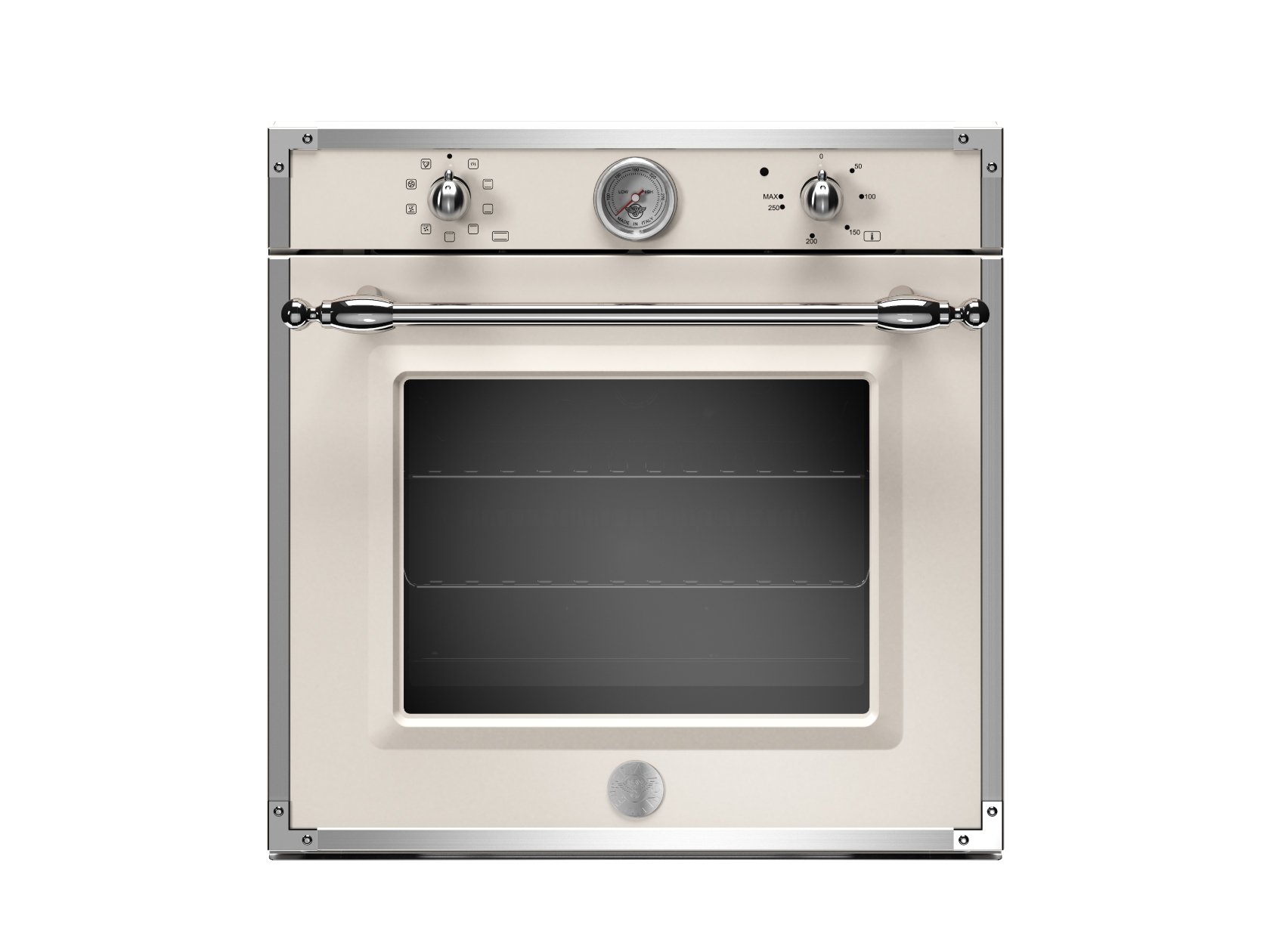What is Ammonia and How It Cleans
Ammonia is a versatile compound, often used in cleaning. It is a colorless gas with a very distinct odor. In household cleaning, we usually use it in a diluted form, known as ammonia solution. This solution is excellent for cutting through tough grease and grime. It breaks down the molecules of dried food spills and splatters that can accumulate in your oven over time. When you clean oven with ammonia, the chemical reaction it causes helps to loosen and lift away cooked-on residues. This makes scrubbing much easier.
The ammonia fumes break down the dirt on a molecular level, which lets you wipe the surface clean with less effort. However, although ammonia is powerful in dissolving grime, it is also important to handle it with care, understanding the necessary precautions for its use.
In the next sections, we will guide you on how to prepare your oven for cleaning with ammonia, including essential safety measures to follow. With the right approach, cleaning your oven with ammonia can be safe, effective, and nearly effortless.
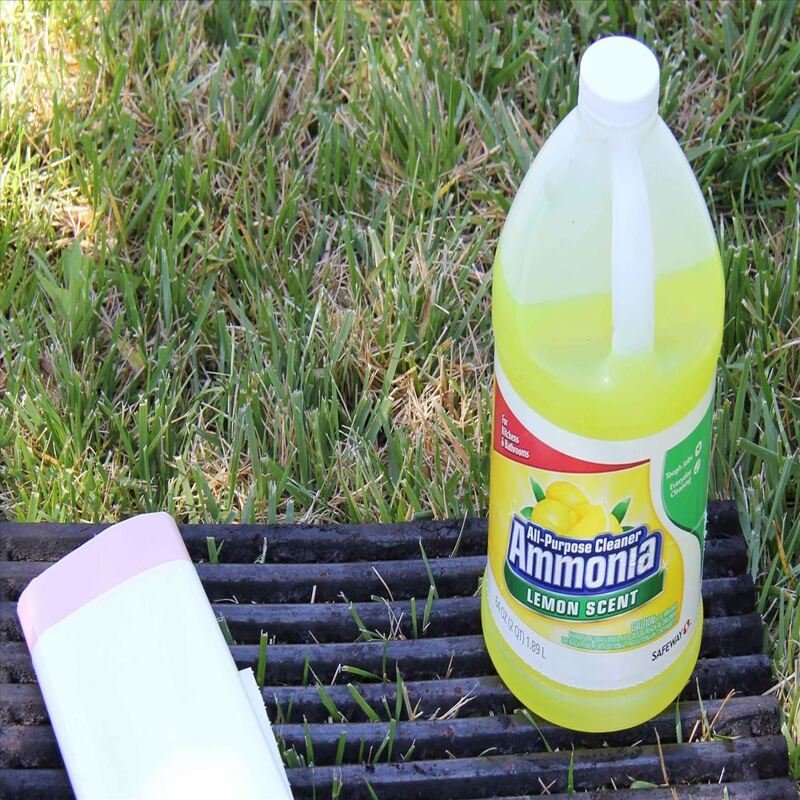
Preparing to clean oven with ammonia
Before you start to clean oven with ammonia, preparation is key. First, ensure that your kitchen is well-ventilated. Open windows and doors to allow fresh air in. This will dilute the strong odor of ammonia. Next, remove all oven racks and any other removable parts. Soak these items separately in a solution of ammonia and water to loosen grime.
Wear gloves and a face mask to protect your skin and lungs from the harshness of the chemicals. It’s also advisable to keep pets and children out of the area. Get a spray bottle ready, as you will use this to apply the ammonia solution to the surfaces of your oven. Fill it with a diluted ammonia mixture, typically one part ammonia to one part water.
To prepare the oven itself, scrape off any large pieces of food residue or burnt spill with a spatula or scraper. Then, warm the oven slightly; this will help the ammonia solution to work more effectively as warmth increases the chemical reaction. Do not heat the oven too much; it should be just warm to the touch.
Lay some old towels or newspapers on the floor beneath the oven to catch any drips or spills. With these steps, you will have set the stage for a more effective and efficient cleaning process.
Safety Precautions When Using Ammonia
When you clean oven with ammonia, you must prioritize safety. Ammonia is effective, but it can also pose risks if mishandled. Here are key steps to ensure your cleaning is safe and worry-free:
Clean oven with ammonia: Use Protective Gear
Always wear gloves to protect your hands from the strong solution. A face mask is also important to keep from inhaling fumes. If possible, wear safety goggles to shield your eyes.
Clean oven with ammonia: Ensure Good Ventilation
Ammonia fumes can be overwhelming. Make sure your kitchen has fresh air flowing. Open all windows and doors widely. A fan can help to circulate air more effectively.
Prevent Skin and Eye Contact
Avoid letting ammonia touch your skin or eyes. It can cause irritation or burns. If it happens, rinse the area with plenty of water immediately.
Keep Children and Pets Away
Ammonia is not safe for kids or pets. Ensure they stay out of the kitchen while you clean. Lock the door if you can to keep them completely out.
Do Not Mix with Other Cleaners
Ammonia should never mix with bleach or other household cleaners. This can create toxic gases. Always use ammonia alone for cleaning.
Store Properly
Keep ammonia in a cool, dry place away from children and pets. Make sure the bottle is clearly labeled and sealed tight.
By following these precautions, you can clean oven with ammonia safely. Remember, safety always comes first. Keep these tips in mind to avoid any harm while you clean.

Step-by-Step Guide to clean oven with ammonia
Cleaning your oven with ammonia can be simple if you follow these steps:
- Make an Ammonia Solution: Mix one part water with one part ammonia in a spray bottle.
- Spray Your Oven: Evenly spray the solution on the oven’s interior surfaces, avoiding the heating elements.
- Let It Settle: Close the oven door and let the solution work overnight. The ammonia fumes will help loosen the grime.
- Clean Removable Parts: While the oven is settling, soak the racks in an ammonia solution. This will help in loosening the dirt.
- Wipe It Down: The next day, use a sponge or cloth to wipe the inside of the oven. Tough spots may need slight scrubbing.
- Rinse: After wiping, rinse the oven with water to remove any ammonia residue.
- Dry the Oven: Lastly, dry the oven with a clean towel or cloth.
- Clean Oven Racks: After soaking, scrub the racks, rinse them and let them dry before placing them back in the oven.
By following these straightforward steps, you can clean oven with ammonia effectively. Remember to take all the safety precautions mentioned before to ensure a safe and successful cleaning.
The Benefits to clean oven with ammonia
Using ammonia to clean your oven comes with several advantages. Here are the key benefits:
- Strong Cleaning Agent: Ammonia effectively tackles tough grease and cooked-on food. It makes scrubbing much easier.
- Cost-Efficient: Ammonia is often less expensive than other oven cleaners. This makes it a budget-friendly option.
- No Scrubbing Required: You usually do not need to scrub hard when using ammonia. The fumes do most of the work for you overnight.
- Time-Saving: Because ammonia loosens grime effectively, it cuts down the time you’d spend cleaning.
- Availability: You can find ammonia in most stores. It is a common household product.
Keep these benefits in mind next time you need to clean oven with ammonia. Remember to follow the safety guidelines for a successful clean. With its powerful cleaning capabilities and ease of use, ammonia is an excellent choice for your oven cleaning needs.
Common Mistakes to Avoid During Ammonia Cleaning
While ammonia is a strong and cost-effective cleaner, there are common mistakes you should avoid to ensure safety and effectiveness when you clean oven with ammonia.
Overusing Ammonia
Using too much ammonia can increase the risk of chemical burns and fume inhalation. Stick to the recommended ratio of one part ammonia to one part water.
Inadequate Ventilation
Not opening windows or using fans can lead to a buildup of fumes. Ensure your kitchen is well-ventilated to avoid this.
Leaving Ammonia Open
Always seal your ammonia container. Leaving it open can lead to spills and unnecessary fume release.
Mixing Cleaners
Never mix ammonia with bleach or other cleaners. This can create dangerous gases.
Skipping Protective Gear
Forgetting to wear gloves, masks, or goggles can put you at risk of skin and eye irritation.
Neglecting to Rinse
Failing to rinse your oven after cleaning can leave behind ammonia residue. Always rinse thoroughly with water.
Not Testing on Small Area
Apply ammonia to a small area first to check for any adverse reactions. This can prevent damage to your oven’s interior.
Cleaning Hot Oven
Do not apply ammonia to a hot oven. This can result in the production of harmful fumes. Make sure the oven is just warm to the touch.
By avoiding these mistakes, you can clean oven with ammonia safely and effectively. Follow these tips for a hassle-free cleaning experience.
Ammonia vs. Other Oven Cleaning Methods
When deciding how best to clean oven with ammonia, it’s useful to compare it with other methods. Here are some alternatives and how ammonia stacks up against them.
- Commercial Oven Cleaners: These are specially formulated for ovens but can be more expensive. Ammonia is a cost-effective option that is just as powerful.
- Baking Soda and Vinegar: A natural method that requires more scrubbing and time. Ammonia helps to loosen grime without the need for hard scrubbing.
- Lemons and Water: Another eco-friendly option that’s good for light cleaning, but not as effective for heavy buildup. Ammonia tackles tough grease more efficiently.
- Dish Soap and Water: Works well for regular maintenance but may struggle with burnt-on spills. Ammonia can cut through these tougher spots.
- Steam Cleaning: This method avoids chemicals but might not remove all residues. Ammonia’s fumes help break down even the most stubborn grime.
Ammonia is strong, affordable, and readily available, making it a robust choice against other cleaners. However, it requires careful handling and proper safety measures. Consider your cleaning needs, safety, and the level of oven grime before choosing ammonia or another cleaning method.
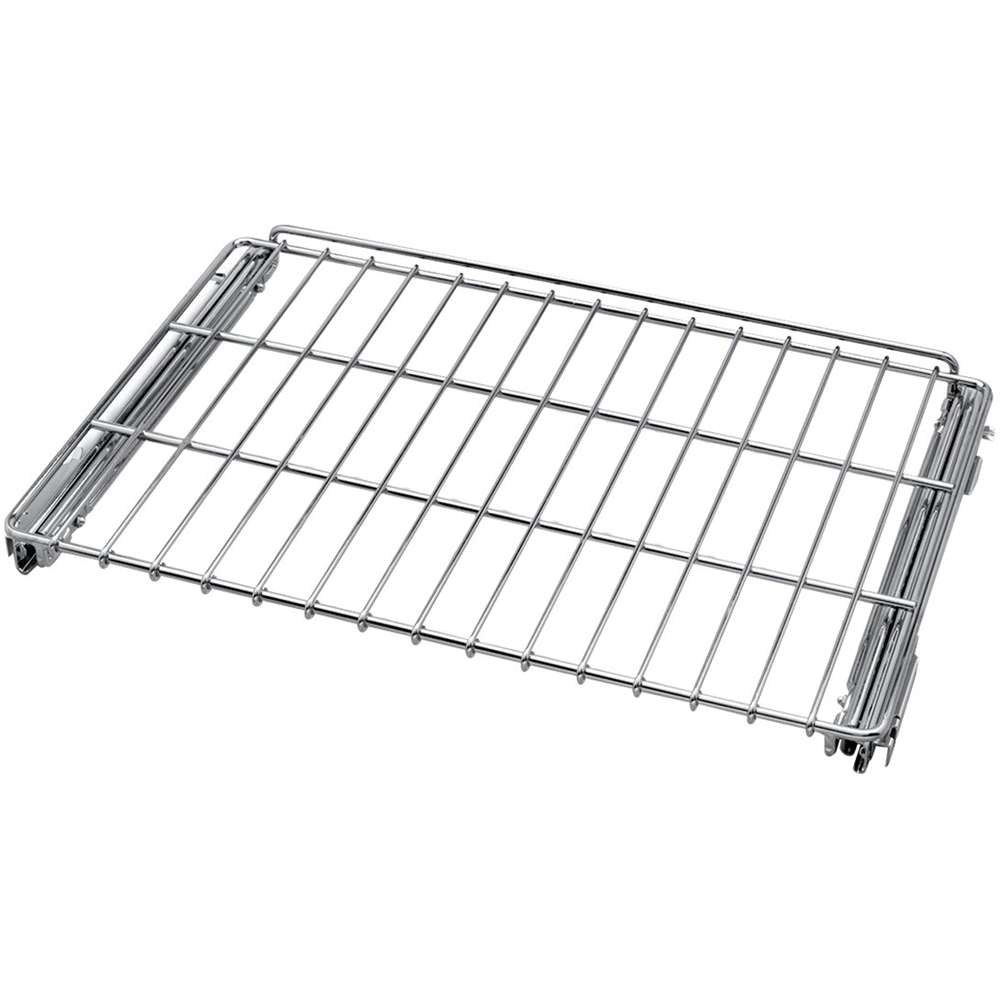
Tips for Maintaining a Clean Oven After Ammonia Treatment
To keep your oven spotless after using ammonia, follow these simple tips:
- Wipe Spills Immediately: Quickly clean any spills after oven use to prevent hard-to-clean residue.
- Regular Quick Cleans: Do short, frequent cleans to avoid major buildup. Use a damp cloth to wipe the interior.
- Use Oven Liners: Consider placing oven liners on the bottom to catch drips. You can remove and wash these easily.
- Schedule Deep Cleans: Plan a deep clean every few months. This way, grime won’t get out of hand.
- Avoid Harsh Chemicals: Stick to gentle cleaners for regular use. They keep the oven nice without damage.
- Check Seals: Make sure the oven door seals are tight. This prevents grime from getting trapped.
By doing these, you’ll extend the results of your ammonia clean. A little care goes a long way!

